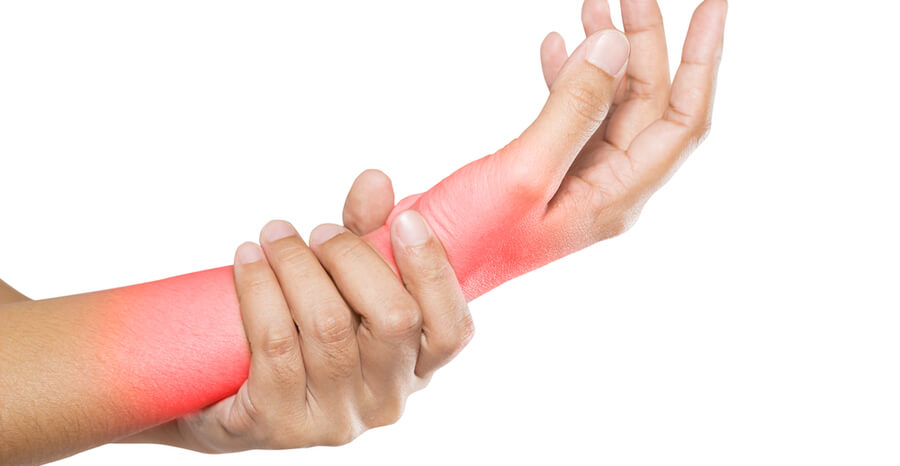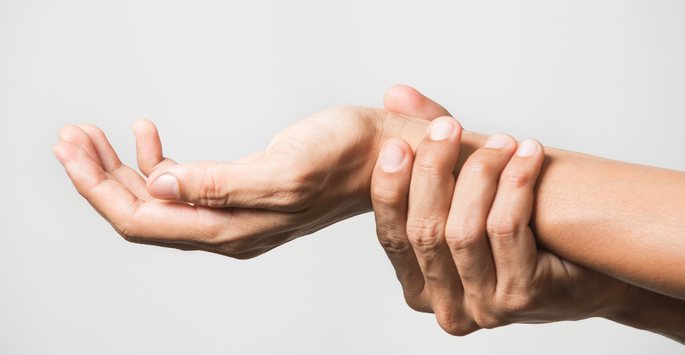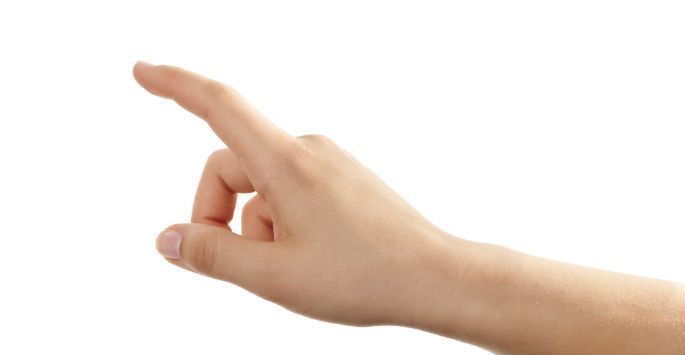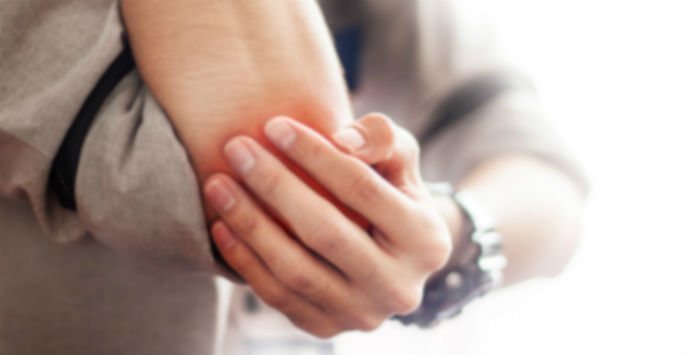Your knuckles are an essential part of your hand. They are what give your fingers their dexterity and their ability to move. But as strong and vital your knuckles are, they can still be broken. As you can imagine, having a broken knuckle is not an enjoyable experience. It comes with several different symptoms, such as pain and swelling. A broken knuckle limits your finger’s mobility and prevents you from carrying out a lot of your daily activities.
Most people break their knuckles when they punch something, usually a hard surface. The symptoms associated with a broken knuckle are very similar to those associated with other injuries that you have in your hand.
For many people, the first sign of a broken knuckle is pain. The pain is instant, and it is severe. Contrary to what some believe, you might still be able to bend a broken knuckle. You might even be able to bend it without increasing the pain, but this does not mean that it is not broken. Depending on the location of the break, pain might increase as you try to move the broken knuckle.
The next symptom you are going to experience is swelling. Most people say that their hand starts to swell around 10 minutes after they break their knuckle. As the swelling increases, your ability to move your hand drastically decreases. Interestingly, you may notice that other fingers also begin to swell, not simply the one that is broken.
The next indication is bruising. The level of bruising will depend on the severity of the break. In many cases, you will see bruising almost instantaneously. This is because there is a rapid loss of blood in the area around the knuckle, which shows up as a bruise.
You will probably notice that your hand goes numb as the swelling increases. This is your body’s natural response to the injury. At a certain point, the swelling in your hand may get so severe that the nerves in your fingers become compressed, and any sensation disappears.
There will be visual clues that you have broken your knuckle as well. For example, if you make a fist, you may not be able to see your knuckle because it broken. The lack of swelling and the pain may make you think that your knuckle is not broken, but if it is sunken in, this is a sure sign that it is.
One of the biggest problems after having a broken knuckle is stiffness. Your knuckle is a very complicated joint, and it might not heal entirely. There is also the possibility of an infection after breaking a bone.
We offer many different types of effective surgeries designed to treat a broken knuckle. If you feel you may have a broken knuckle, visit Arora Hand Surgery for an official examination. Dr. Arora will help you explore all of your treatment options and develop a plan tailored just for you. To get help healing a broken knuckle safely and effectively, call our office in West Bloomfield, Howell, Warren, or Macomb to schedule your consultation.





















